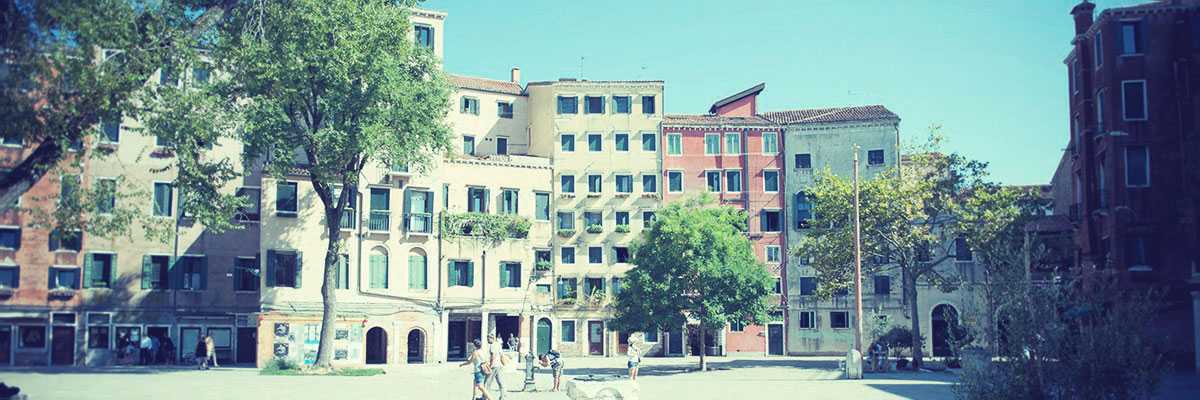
Campo del Ghetto Nuovo
The extensive campo is surrounded by: a set of bas-reliefs dedicated to the Shoah, the Jewish retirement home, two kosher restaurants, another bas-relief in memory of the Shoah, a study room for the biblical texts of the Lubavitch Orthodo